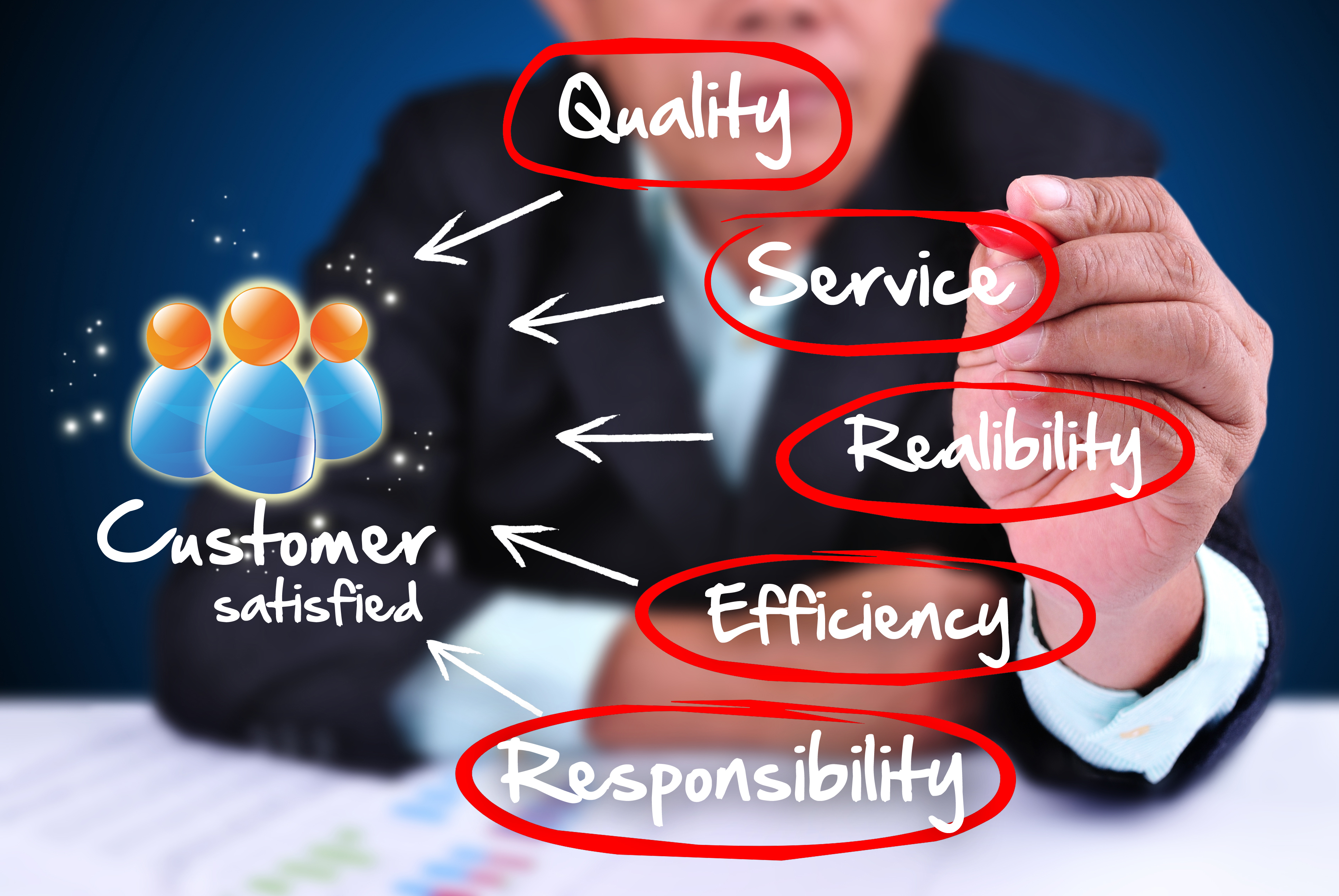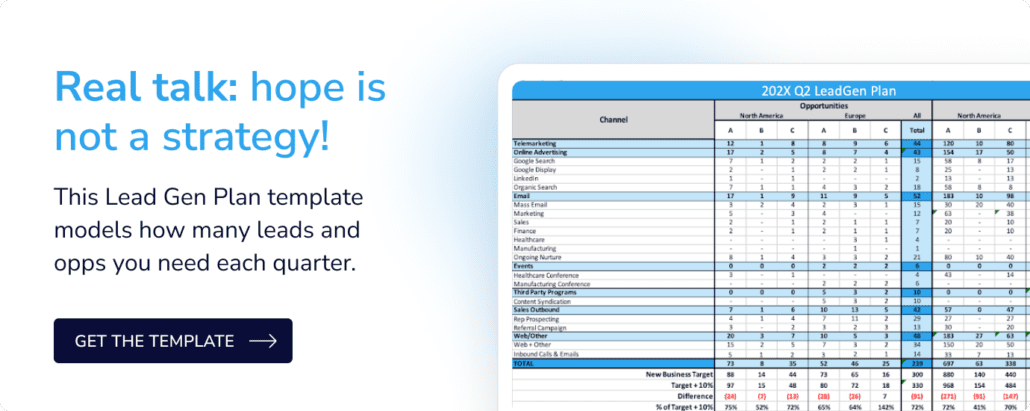As marketers, we have seen the days come and pass where marketing was a necessary expense on the balance sheet. We now are tasked with answering the question, “how are you creating revenue?” This might be daunting to some, but to those ready to adopt the analytics side of marketing and answer this question, it can be very rewarding. Showing the brass at your company you are able to provide return on investment can give you more bargaining power for things like larger budgets and say strategic decisions.
>> Related: Three Things Revenue Marketers Do Differently <<
The problem that most marketers are facing is how do they go from driving demand for their company, to instead focusing on driving revenue. There might not be any perfect answer to this question, but there are however a few best practices for marketers to keep in mind. In this post we will be covering five things marketers need to do in order to drive revenue.
In this post:
1) Align Marketing and Sales
You can’t win the war if you are fighting amongst yourself. Aligning marketing and sales is important to ensure that customers are hearing a single coherent message throughout the selling process. To drive revenue, you need to control costs. When it comes to marketing and sales, if you’re unaligned and require large investments in each team, then you are not maximizing your return revenue potential. Simplify the process and minimize investment for both teams by joint planning, sharing goals, and having a clear resource allocation process. Remember that both sales and marketing have a common end goal and should be working together in order to reach it.


2) Scale Marketing efforts with results
Rather than thinking your marketing teams needs more investment to reach higher revenue goals, try challenging yourself, and your team, to meet revenue goals in order to receive investments. Sales teams generally have to meet quarterly quotas to get more investment in the team, so try and apply this philosophy to your marketing team. Double the amount of revenue you making and then invest that back into your marketing efforts. Too often we see people think they need more in order to reach goals when it might be a simpler option to try and bootstrap to drive revenue.
3) Measure the right analytics
When you are switching from a demand generation strategy to a revenue driven strategy it is important that you are tracking the right metrics. A demand waterfall is a great way to track how well your revenue strategy is doing. If you know that you want to increase revenue from last year by 60% then think about the metrics you need to track in order to meet that goal. Set performance for your waterfall such as site visitors, leads, opportunities, and lastly closed deals. If there is a weak link in your revenue strategy you will be able to spot it.
4) Set the parameters of SLAs (Service Level Agreements)
Again, if you are going to be successful in meeting your revenue goals it is important for marketing and sales to be on the same page. One of the best ways of doing this is to define your service level agreements. Maybe it is decided that marketing will provide leads to the sales only if they meet every aspect of a defined set of qualifications. This can help sales tailor their message to these prospects since they will all be from the same background. In return, maybe marketing decides that the sales team has to speak about a certain aspect of the company’s product or service in their sales pitch.
The most important SLA that should be agreed upon is when a lead is passed from marketing to sales. This is usually a high point of friction between the two teams so make it very clear when a lead goes from marketing to the sales team.
>> Free Service Level Agreement Templates – Download from Tidy Forms <<
5) The customer is still the VIP
It is easy to forget about the most important thing when you are focused on turning a strong profit. The customer always has been, and always will be, the most important person for a company. If you do not optimize your marketing campaigns for the person buying your product or service, then there will not be a market for it. Make the process of buying your product or service as easy and as enjoyable as possible. Put yourself in your customer’s shoes and think about what they want, and then give it to them!


It is important to keep in mind that not every organization is the same, and yours might have different areas that will help lead to revenue generation. As a whole though, the topics covered in this post are a great starting point for most companies to start making the switch from just driving demand, to generating revenue. Try and strip away all the fluff of driving revenue and make it a simple process. Marketing is on-boarding and nurturing prospects until they are right for sales. If you accept that your end result needs to be a sale and that is the only thing that matter; then adopting a revenue-driven marketing strategy.
We as marketers are facing increasing pressure to show the benefits of our work on the bottom line of the balance sheet. Executives want to see that we’re creating sales for the company. Switching to a revenue marketing strategy is a great way to prove the marketing teams value to stakeholders.
Header image via Giphy





